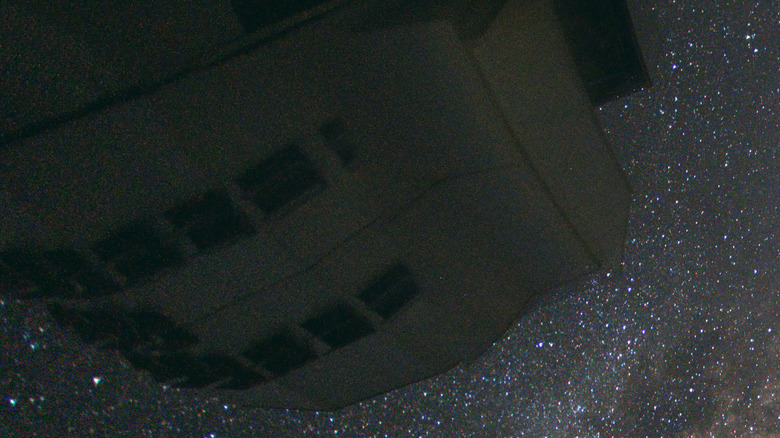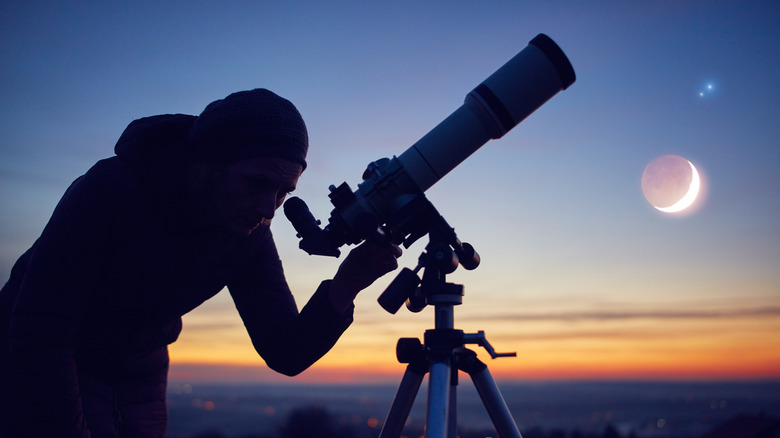Global Warming Is Causing Even More Problems Than You Realize
Global warming -– scientifically defined as the gradual rise in Earth's temperature –- has sent our planet on an irreversible path of a climate catastrophe that is wreaking havoc in the form of floods, droughts, wildfires, and rapid extinction of species. However, an expected area where experts have already started to see the impact is astronomy. Back in 2020, a paper published in Nature Astronomy highlighted how the unprecedented rise in temperature and haphazard atmospheric water levels are affecting the sensitivity and quality of readings from critically important scientific observatories like the European Southern Observatory's Very Large Telescope (VLT).
So, what about corrective methods like atmospheric turbulence? Well, the delay brought on by these corrections produces a wind-driven halo, or simply put, an image artifact. Such halos are produced by winds and are visible in roughly 40% of the photos, significantly lowering the contrast of the image. But it appears that the rapid climatic deterioration isn't going to get fixed anytime soon, and with it, the astronomy community's concerns are being exacerbated.
In 2022, a team of experts led by the University of Bern published another comprehensive research in the Astronomy & Astrophysics journal, detailing how man-made climate change is blurring our view of the universe. Based on data gleaned from climate change models covering the globe, the team predicts that important astronomical observatories in Chile, Mexico, South Africa, Australia, the Canary Islands, and Hawaii will witness rising temperatures and atmospheric water content levels.
There's not a lot good news
The change in atmospheric conditions described above will not only shrink the time window available for making observations, but it will also result in a net loss in observation data quality. Highlighting the impact of these serious changes on sophisticated telescopes, lead author Caroline Haslebacher warns about "a higher risk of condensation due to an increased dew point or malfunctioning cooling systems, which can lead to more air turbulence in the telescope dome."
However, it is not just the quality of observations that are going to be affected as climate change patterns worsen in the coming years. In fact, it also makes it more complex for scientists to narrow down the sites for installing next-generation telescopes. Construction costs are going to rise and there will also be an additional financial burden of rising maintenance costs for astronomical observation facilities.
But the streak of bad news doesn't end there. Among the many solutions that scientists are exploring to somehow mitigate the effects of global warming and fix Earth's climate, one rather ambitious proposal is bioengineering the planet's atmosphere. Artificially creating clouds to reflect back the sunlight is among the suggestions to lower the planet's temperature. But in doing so, the night sky will also get noticeably brighter and the resulting light pollution will further make astronomical observations difficult.

